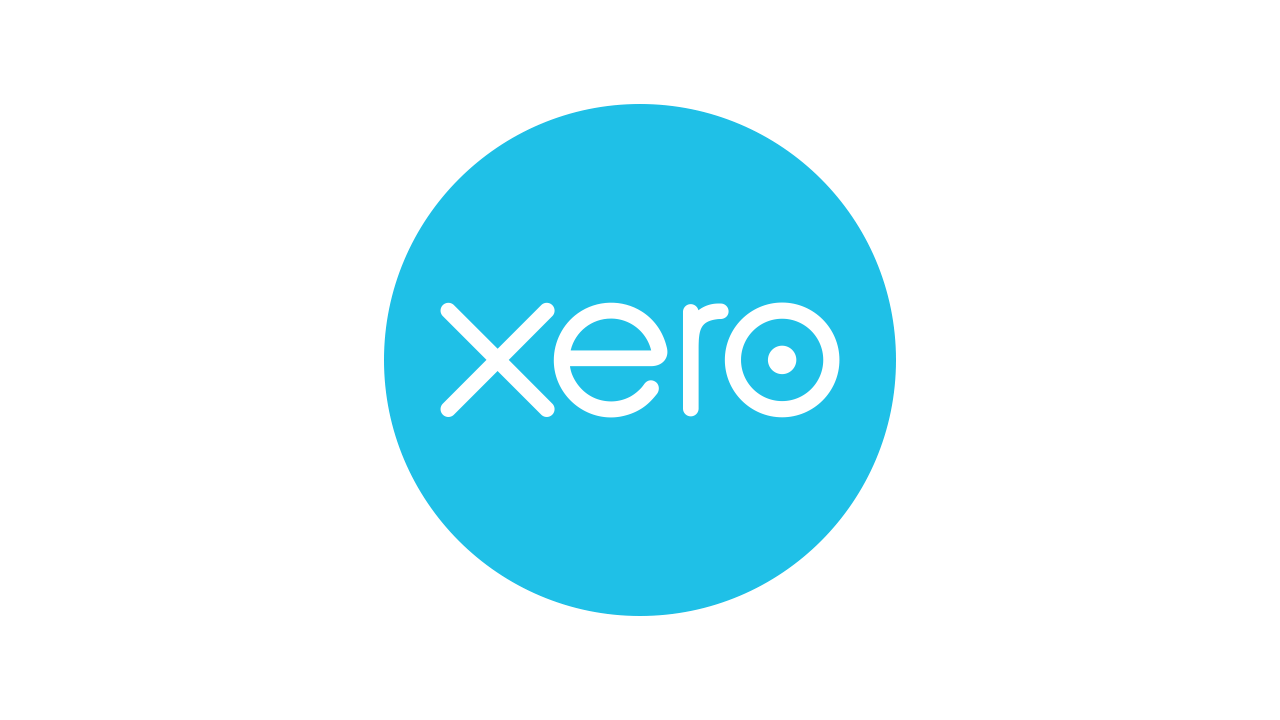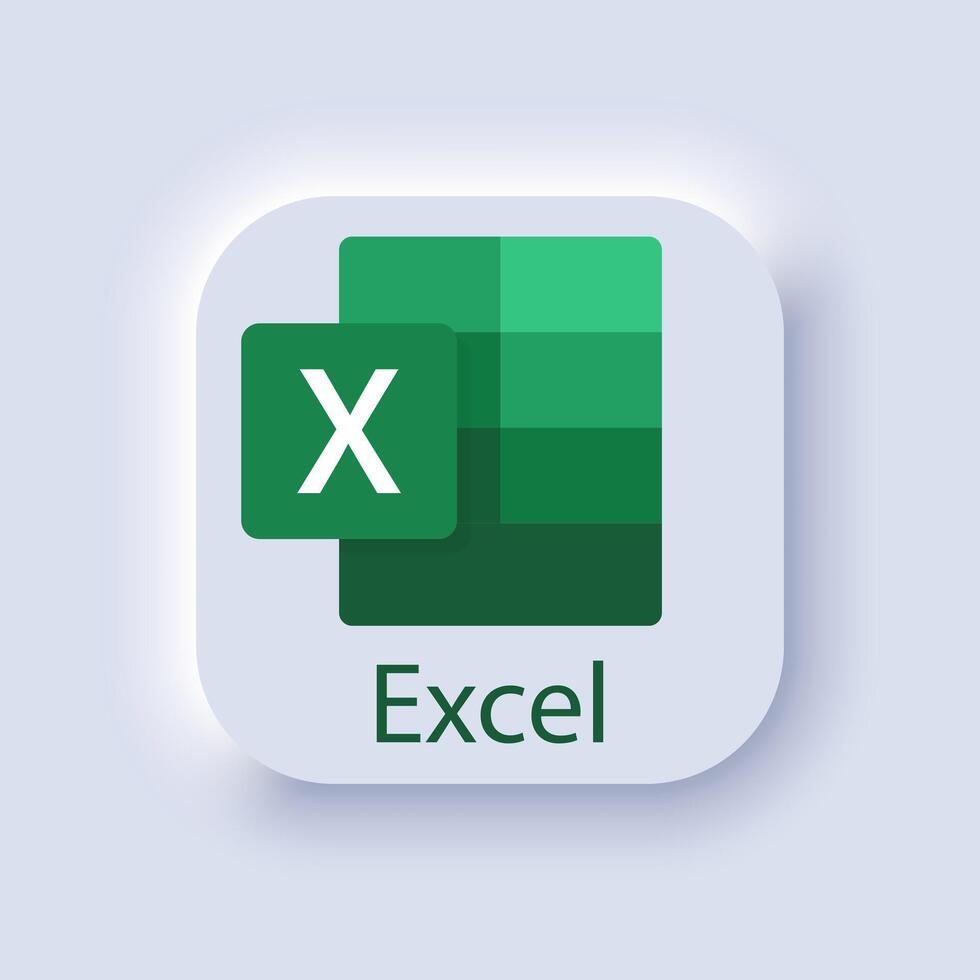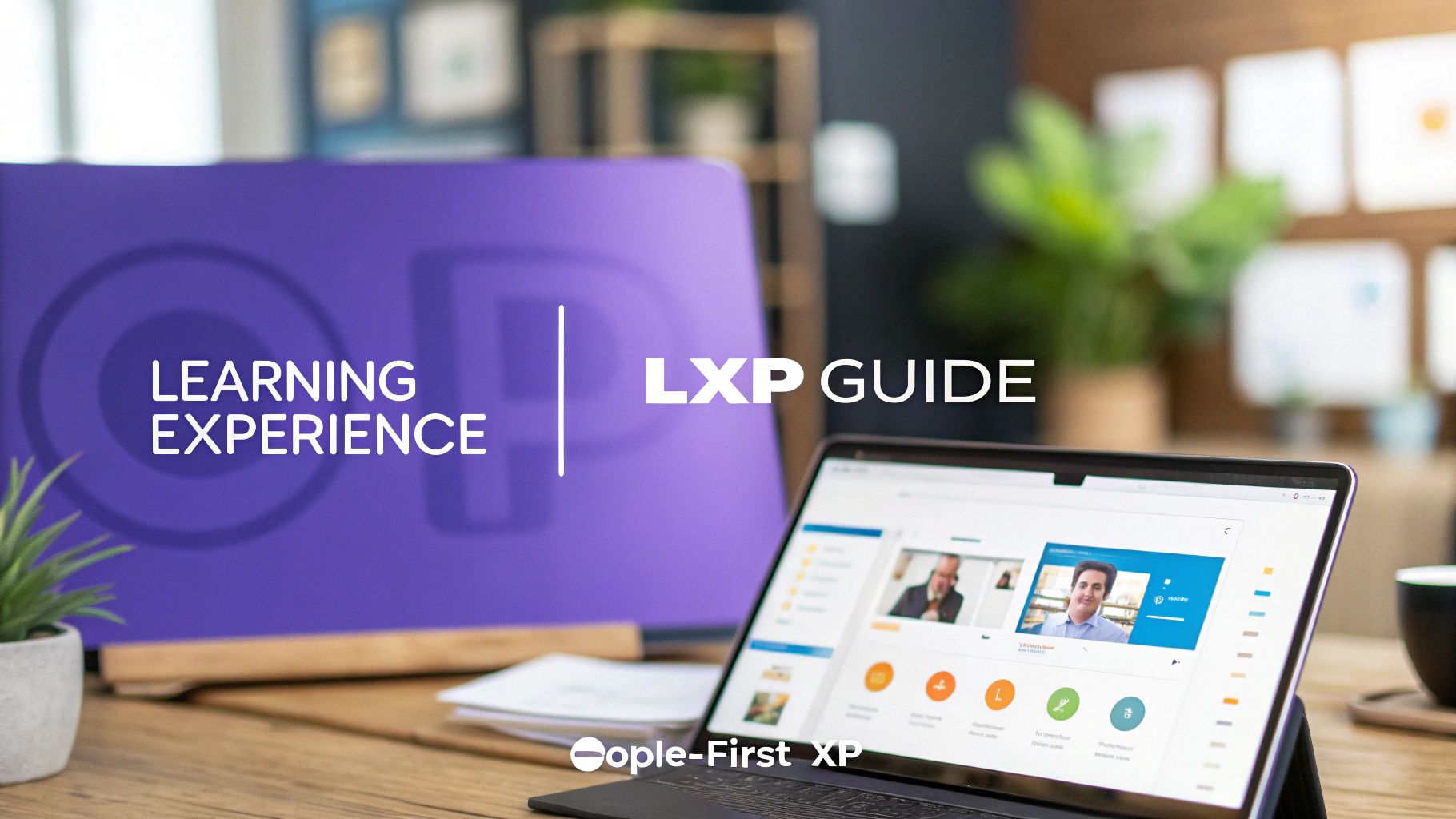A migration that rewired my career
Before Yopla existed I ran finance at a different start-up and resolved to ditch FreshBooks for Xero. I devoured both Xero and Payroll certifications over one weekend, migrated the ledgers myself and discovered a truth that still fuels my work today, finance teams can and should own their data. Costs shrank, insights ballooned and the confidence I gained later shaped Yopla’s people-first framework for change, explored in our post on investment in technology for growth.
The email that rearranged my week
In spring 2025 Xero’s global research team sent me a survey on payroll-switch pain points. My answers, grounded in dozens of client migrations, earned an invite to their London HQ. Five accountancy practices and one digital-first consultancy would unpack why businesses fear change and how Xero might remove friction.
First impressions: espresso, skyline, purpose
I checked in through a secure glass booth, swapped the heat of Bishopsgate for air-conditioned calm and accepted a flat white from an in-house barista. No glossy tour, just a boardroom with panoramic views, a whiteboard and one instruction, help us name the rocks that block progress. The absence of corporate theatre set an honest tone that lasted all day.
Inside the panel: cost is noise, fear is signal
Most invitees resell Xero yet still run payroll on legacy apps. Price dominated their vocabulary, yet the subscription delta between Xero, QuickBooks and Sage is negligible. What truly paralyses teams is the fear of mis-paying staff and the drag of re-keying historic data. My own migration taught me that the first live pay run is the emotional cliff edge, get that right and adoption soars.
The wizard on the horizon: automated payroll migration
Xero’s product lead lifted the lid on a new migration wizard that parses HMRC filings, ingests employee records, leave balances and statutory history, then guides users through a reconciliation checklist before the first pay run fires. The prototype echoes steps published in Xero Central’s guidance on preparing payroll changes and its migration-filing tool for reporting previous payroll data . For Yopla, the wizard promises smaller risk windows and tighter timelines, for finance teams it converts midnight spreadsheets into routine clicks.
Planday and the single source of truth
The room then pivoted to Planday from Xero, a workforce-management platform that will soon feed approved hours straight into payroll, unifying scheduling, time capture and wage calculation . We see the same theme in many transformation projects, when people data flows without manual hops, managers trade guesswork for margin control. Our article on digital transformation and the journey to net zero shows how integrated data streams accelerate sustainability gains too.
HubSpot + Xero: lessons from the alpha trenches
Two years ago HubSpot asked Yopla to co-pilot its native Xero connector. We mapped fields, stress-tested VAT, insisted on two-way tax handling and helped push the project from alpha to the current public beta . What still excites me is the untapped potential, payroll contacts are relationship gold. Sync that data back into HubSpot and HR, sales and finance finally share one narrative spine.
Why many accountants still resist the cloud
Legacy billing models reward manual intervention, automation compresses hours and feels like a revenue threat. That tension surfaced repeatedly during the panel. The irony, of course, is that time saved on data entry can fund higher-value advisory work. Our guide to the return on investment from digital transformation walks through the maths that proves it.
Yopla’s seven-step blueprint for fearless change
1 Map reality with ruthless honesty
Shadow every spreadsheet and email thread until the hidden process map emerges.
2 Quantify pain
Translate manual steps into hours, errors and opportunity cost. Numbers secure budget.
3 Visualise the destination
Swim-lane diagrams of lead-to-ledger flows turn risk into solvable design.
4 Select tech on fit, not fashion
Small licence deltas never outweigh lifecycle ROI.
5 Prototype and iterate
Sandboxes crumble resistance faster than slide decks.
6 Automate migration
Leverage Xero’s conversion tools today and its payroll wizard tomorrow.
7 Embed continuous improvement
A living knowledge base keeps the lessons visible and the wins sustainable .
Five provocations for finance leaders
Inside Xero’s research culture
Every external delegate was paired with an internal specialist, UX, data science or engineering. Instead of nodding politely they probed assumptions, photographed every sticky note and promised to share updates. Vendors that listen like that build roadmaps worth betting on.
How Yopla converts insight into advantage
Our services span strategy, build and optimisation:
- Vision and roadmap – horizon scanning aligns digital spend with long-term strategy.
- Implementation – certified consultants configure Xero, HubSpot and Planday, delivering documented workflows rather than black-box magic.
- Continuous improvement – quarterly retros and analytics dashboards keep systems, people and climate goals in sync.
Clients who adopt this cadence report faster close cycles, clearer decisions and teams free from spreadsheet purgatory.
Practical steps you can start tomorrow
1 Run an internal “fear audit”, list every payroll scenario that scares the team, rank by likelihood and impact.
2 Book two half-days for Xero certification, competence dismantles anxiety.
3 Ask your Xero account manager for early access to the payroll wizard, influence beats waiting.
4 Pilot Planday with one department, real numbers trump vendor slides.
5 Activate the HubSpot connector in read-only mode, watch duplicate data disappear.
The road ahead
The next twelve months will see Xero launch its payroll migration wizard, deepen Planday integration and, I predict, extend the HubSpot connector to employee data. Waiting will not make that wave easier to surf, it will only widen the gap between pioneers and passengers. Courage costs nothing, hesitation taxes growth.
Ready to migrate from fear to momentum? Start the conversation with Yopla today






